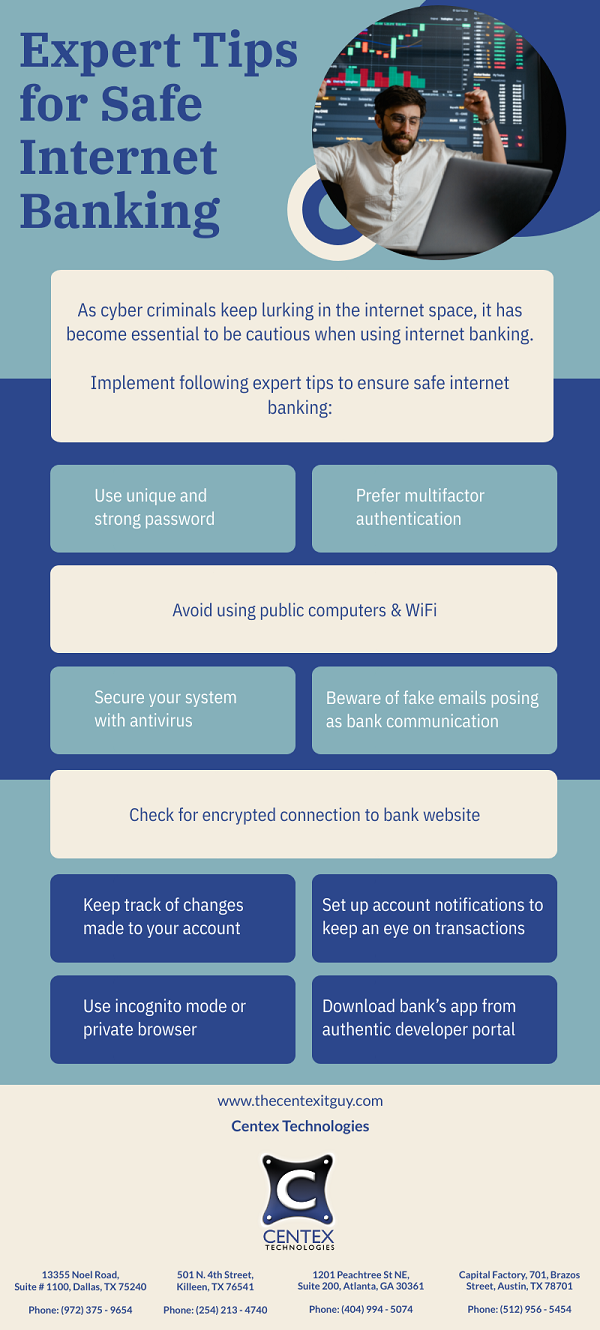Malware attacks have become a universal menace, wreaking havoc on individuals, organizations, and even governments. Malware includes a wide range of malicious software, including viruses, worms, Trojans, ransomware, spyware, and more. Each type of malware operates differently, but they all share the common goal of compromising the security and privacy of computer systems and networks. Let’s take a closer look at how malware attacks work, examining the techniques employed by cybercriminals.
Entry Points:
Malware can infiltrate systems through various entry points such as infected email attachments, malicious downloads, compromised websites, removable media, social engineering techniques, and software vulnerabilities. Cybercriminals often rely on users to open the door for malware by clicking on a malicious link or downloading a file that looks safe but isn’t.
Delivery and Execution:
After compromising an entry point, malware must be delivered and executed on the target system. This may occur in a number of ways:
- Exploiting Vulnerabilities: Malware developers seek out vulnerabilities in operating systems, applications, and network protocols. By exploiting these vulnerabilities, they can gain unauthorized system access and distribute malware.
- Drive-by Downloads: Legitimate websites can contain malware. Unsuspecting users visit these compromised sites and automatically download and execute malware.
- Social Engineering: To trick users into installing malware, cybercriminals employ a variety of social engineering techniques. This may involve impersonating a trusted entity, using persuasive language, or creating a sense of urgency in order to manipulate victims into taking actions that compromise their system’s security.
- Malvertising: Malware can be distributed by attackers using online advertizing networks. Malicious advertizements are placed on legitimate websites, and when users click on them, they are redirected to malicious websites.
Payload Activation:
Once delivered, the malware must activate its payload, which is the malicious action it intends to perform. These may include stealing sensitive information, encrypting files for ransom, launching distributed denial-of-service (DDoS) attacks, establishing backdoors for future access, or any other malicious activity designed to benefit the attacker.
Persistence and Propagation:
To maximize their impact and maintain control over compromised systems, malware often employs persistence and propagation techniques:
- Malware may use techniques such as modifying system settings, exploiting autostart mechanisms, or installing rootkits to gain control over core system components to remain active and undetected for as long as possible.
- Some malware software are designed to self-replicate and spread to other vulnerable systems within a network. This enables them to quickly infect a large number of devices, causing widespread damage.
Evading Detection:
To evade detection by antivirus software and security measures, malware authors employ various tactics:
- Polymorphism: Malware can employ polymorphic techniques, dynamically changing its code to create different variations of itself. This makes it difficult for signature-based detection systems to recognize and block the malware.
- Encryption and Obfuscation: By encrypting or obfuscating their code, malware authors can make it challenging for security solutions to analyze and understand the malicious intent.
- Zero-day Exploits: Zero-day attacks take advantage of security vulnerabilities for which there are no patches or defenses. This gives the malware a better chance of working before the vulnerability is found and fixed.
Command and Control (C&C):
Through a command and control server, the attacker remotely control the malware, issue commands, retrieve stolen data, and update the malware with new capabilities or instructions.
Data Exfiltration and Exploitation:
Once the malware has successfully compromised a system, it may proceed to exfiltrate valuable data. This can include personal information, financial data, login credentials, intellectual property, or sensitive corporate information. Attackers can exploit this data for financial gain, identity theft, corporate espionage, or blackmail.
It is important to implement measures to safeguard systems and networks from malware attacks. Centex Technologies provide cybersecurity and computer networking solutions for businesses. For more information, contact Centex Technologies at Killeen (254) 213 – 4740, Dallas (972) 375 – 9654, Atlanta (404) 994 – 5074, and Austin (512) 956 – 5454.

